#Ireland history
Text
Replica ship of Jeanie Johnston
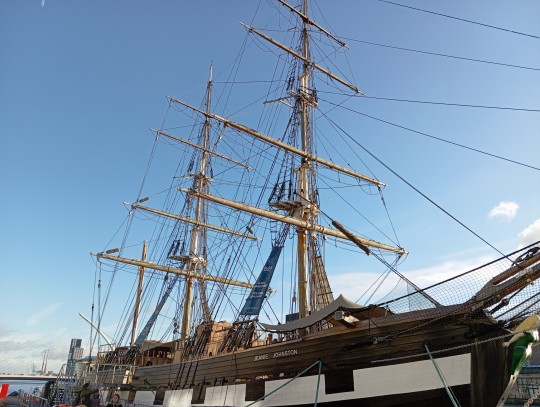
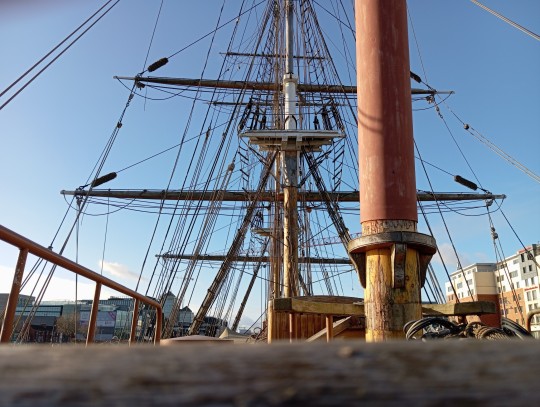
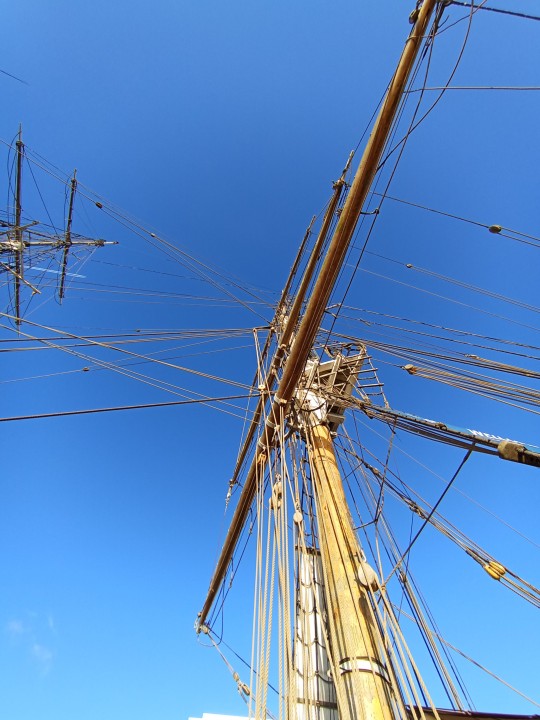
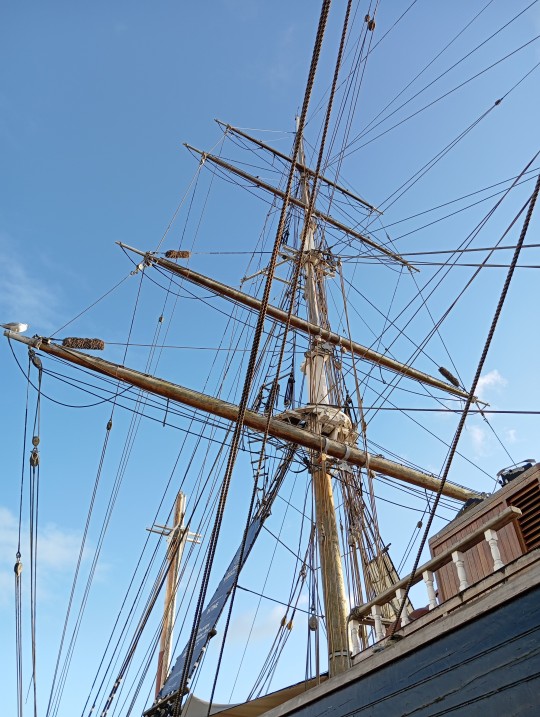



#jeanie Johnston#replica ship#barque#Ireland history#history#ireland#age of sail#of mice and me#my photos
124 notes
·
View notes
Text
Honestly they should put that lettuce in a museum or something
#england#uk politics#ireland#scotland#irishtumblr#irishpride#Wales#the only real piece of English history in that stupid ass museum#nvm the lettuce is probably from Iceland or smth#northern ireland#ireland history
6 notes
·
View notes
Text
Things that are going to happen in 2024 according to Star Trek:
1) the absolutely giant homeless-population of the USA (or was is just New York? Idk, I‘m from Europe) is going to start a civil-war fighting against the upper class and police.
2) Ireland is going to get united
83K notes
·
View notes
Text

19K notes
·
View notes
Text

Hellelil and Hildebrand (The Meeting on the Turret Stairs), Frederic William Burton, 1864
#art#art history#Frederic William Burton#historical painting#Middle Ages#medievalism#Irish art#19th century art#Victorian period#Victorian art#watercolor#gouache#watercolor on paper#National Gallery of Ireland
3K notes
·
View notes
Text
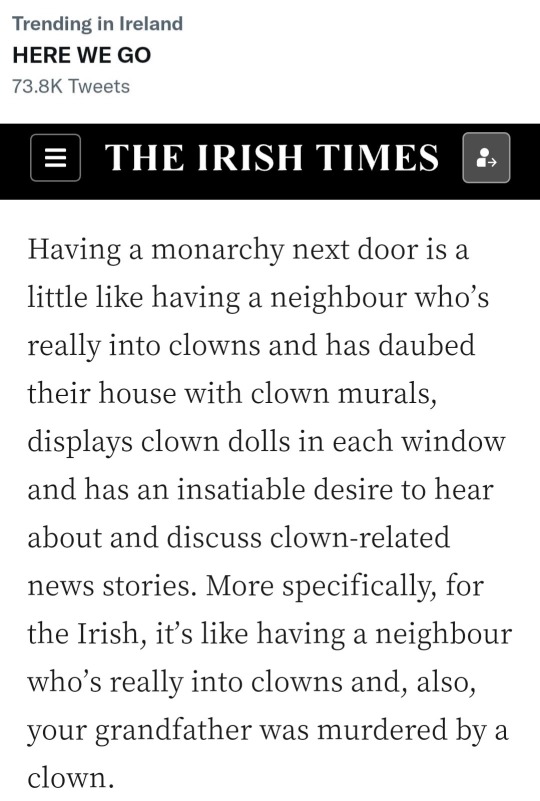
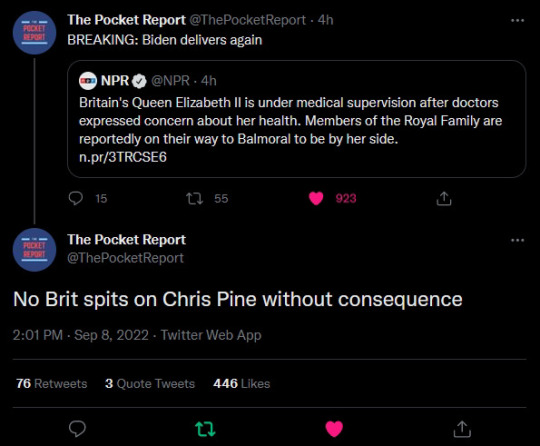
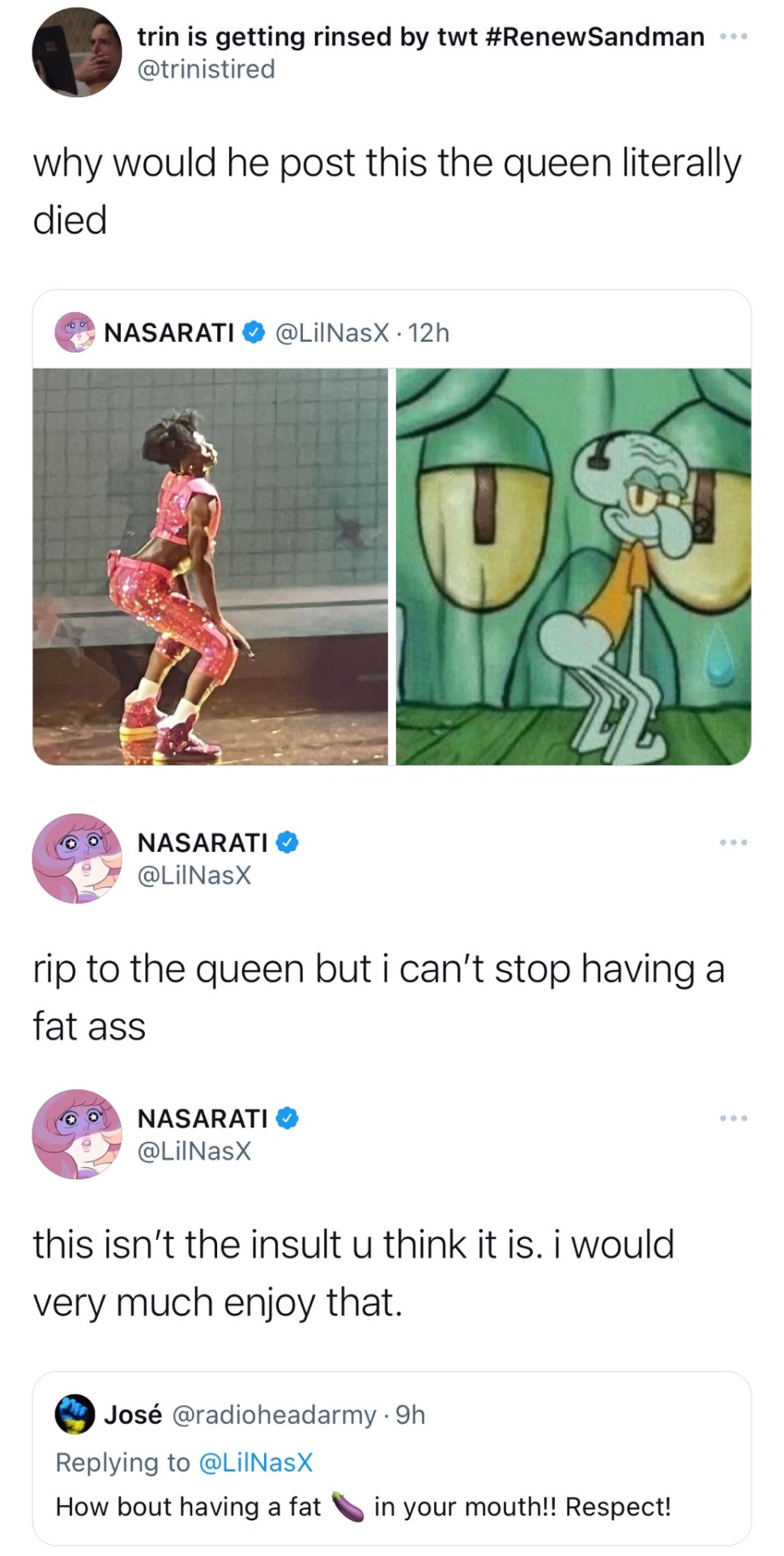
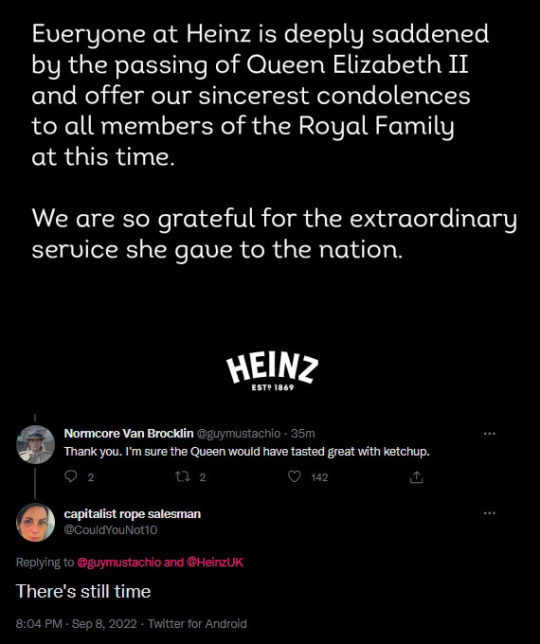
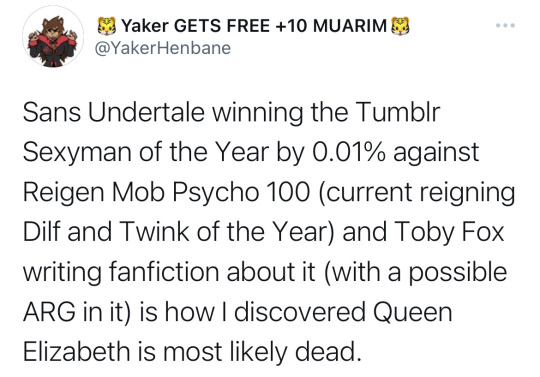
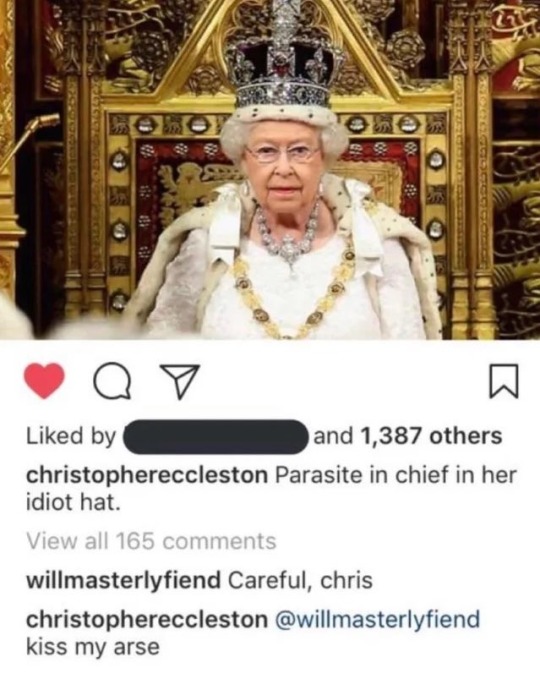

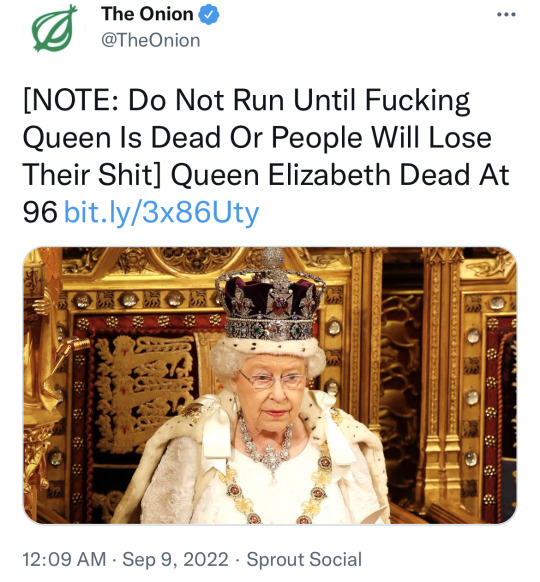
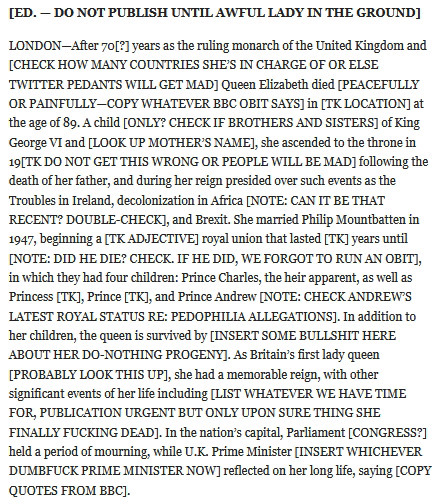
the queen is dead: an internet round-up (plus: argentinian journalist celebrates her death)
#that video is so 😳👀#irish social media has been brutal GOOD FOR THEM#queen elizabeth#uk#ireland#england#uk politics#british royal family#undertale#mp100#mob psycho 100#princess diana#supernatural#chris pine#harry styles#history#christopher eccleston#don’t worry darling#twitter
48K notes
·
View notes
Text

4K notes
·
View notes
Text
little bits of irish history for curious hozier fans: street signs edition
Do you love the song Butchered Tongue? Pay attention to these lines here:

So, may I draw your attention to the The Official Languages Act 2003 (Section 9) Regulations 2008 (S.I. No. 391 of 2008).
ok stay with me
In 2008, the Irish government passed legislation that made it mandatory for road signs in Ireland to have both Irish (Gaeilge) AND English names on them (or, in Gaeltacht areas where Gaeilge is still the first language, only in Irish). Here’s an example:

The Irish, or Gaeilge, is always above the English and italicised. This is because that while Gaeilge and English are both official languages of Ireland, Gaeilge is the ‘first’ official language
However, while it was technically only legislated in 2008, bilingual road sings in Ireland had been extremely common for decades prior to it officially being made law. In fact, the first bilingual signs date back to the early 20th century - before our independence from Britain!
In Tom Spalding’s book Layers: The Design, History and Meaning of Public Street Signage in Cork and Other Irish Cities, he found that the first recorded bilingual street sign was in Blackrock, Dublin (An Charraig Dhubh, Baile Átha Cliath). Their local council in 1901 rolled out yellow and black bilingual road sings as part of the Gaelic Revival.
The Gaeilc Revical was a period of time in Irish history that saw a huge resurgence of Gaelic art, sport, and language. Literature was written by Irish people about Irish history, current affairs, and folklore. Traditional Irish music was learned and played again. Gaelic games (Gaelic football and Hurling) spread across the country. And Gaeilge, our language, was to experience an incredible revival.
Despite Ireland’s long colonial history, Gaeilge actually remained the majority tongue until the early 19th century. However, a combination of teachers beating children for speaking it at school, the genocide of the famine wiping out mainly poorer communities more likely to speak Gaeilge, and the knowledge that speaking English unfortunately provided more opportunities than Gaeilge, the language was almost killed off. (This is shown most clearly after the 1800 Act of Union that meant Ireland was ruled directly from London, with no parliament in Dublin).

Although these maps make for grim viewing, Irish is so very far from dead. Our children learn it from the ages of 4-18 in school (though I believe it can and should be taught better, but I digress). Gaeltacht communities are still going strong particularly in the west of the country. There are more Irish-language schools (gaelscoileanna) than ever before.
And every day as we pass by road signs that display Gaeilge proudly, it is as a result of decades, centuries of people refusing to stop speaking our mother tongue despite incredible violence.
I am far from a fluent Irish speaker, despite my 14 years of learning the language in school. But what Gaeilge I have, I have proudly.

(The work isn’t over, however. I do not feel knowledgeable enough to speak on Northern Irish efforts to implement more widespread bilingual signage but anyone who wishes to share some info please do!!)
6K notes
·
View notes
Text




Kylemore Abbey
Connemara, Ireland, 30 VI 2023
#history#architecture#nature#green aesthetic#places#interiors#ireland#greencore#naturecore#dark academia aesthetic#dark academia#dark aesthetic#dark academism#academia aesthetic#original photography#original photography on tumblr#original photographers#olga's diary#my photography#european architecture#europe history#european history#witchy aesthetic#green witch#light academia aesthetic#nature academia#dark cottagecore#goblincore
4K notes
·
View notes
Text
Irish lawmaker and anti-war activist Richard Boyd Barret describes how Britain ’s colonial policies were exported from Ireland to Palestine , including many of the officers and commanders who fought against Irish liberation.
#tiktok#Richard Boyd Barret#britain#palestine#settler colonialism#settler violence#colonialism#colonization#ireland#imperialism#history#middle east eye
2K notes
·
View notes
Text

#irish history#lgbtq community#lesbian#lgbtq#queer#nonbinary#lgbt pride#lgbtqia#sapphic#nonbinary lesbian#gay girls#ireland#irish war of independence#lesbianism#wlw#biseuxal#bisexual#transvestites#transport#transformers#transgender#trans positivity#transfem#trans women#trans man#transformation#transgirl#transmasc
15K notes
·
View notes
Text
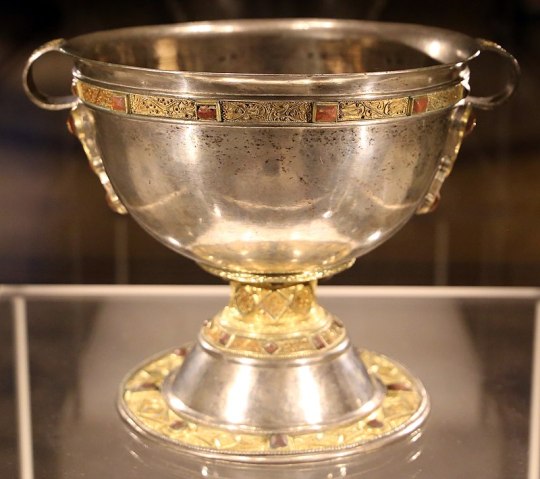

The Derrynaflan Chalice, uncovered near Killenaule in County Tipperary, Ireland, 10th-12th century
673 notes
·
View notes
Photo

200 million ya, Ireland and Scotland were a part of the same range as the Appalachian mountains, where, funny enough, the majority of Scottish and Irish emigrants settled in America.
by u/MUNKIESS
2K notes
·
View notes
Text
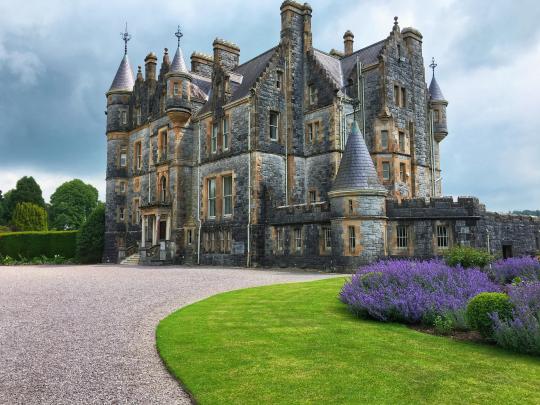
Blarney House, Blarney Castle, County Cork, Ireland
#art#design#architecture#history#luxury lifestyle#style#luxury house#castle#baronial#luxury home#ireland#county cork#blarney house
692 notes
·
View notes
Text

This late 15th century tower dominates the ruins of Roscrea's Franciscan Friary
771 notes
·
View notes
Text

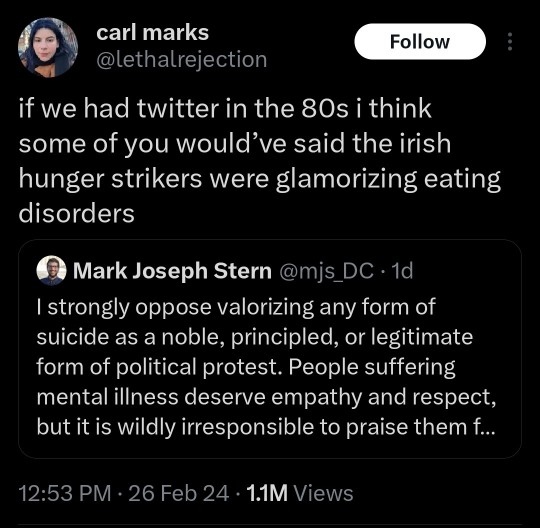

518 notes
·
View notes